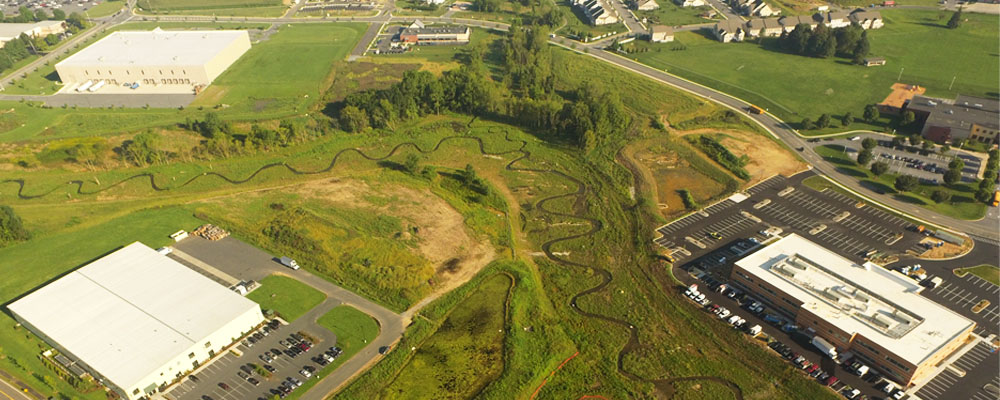caddisflyer
Well-known member
Locally a "restoration" was done on Brubaker Run in Lancaster County. This is a very small (now) stream that is actually a very degraded limestoner. Besides creating the meandering thing they also seem to have planted all sorts of non native plants, I noticed small shrubs and flowers that were definitely just things from a garden center. Non native bush honeysuckle and other invasives also filled everything in. They cut all the nice willows that once shaded the creek and created nice deep pools. No trees were planted. So its a big flat baking meadow now, As for the restoration it has created a stream that is now less than a foot deep consistently throughout the entire project area. I saw a few dead crayfish and nothing else when I walked it one day. There was a big sign calling it Th Brubaker Run Restoration with names of the contractors who did it. The whole thing was done as they built a giant shopping center on the surrounding land. I call it a phony restoration.





